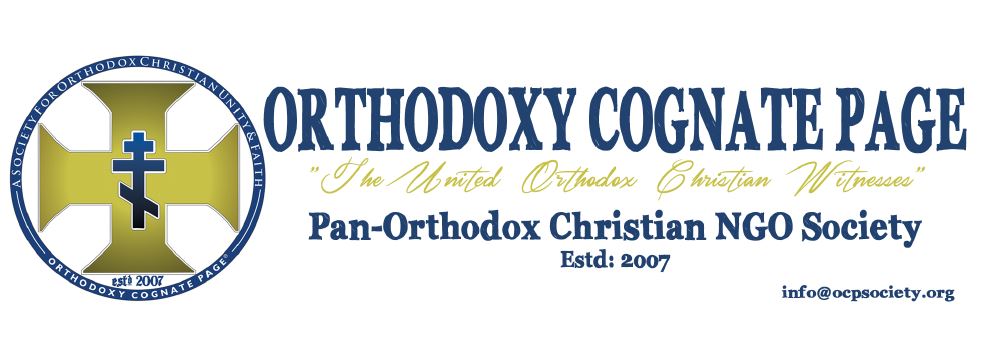Bethlehem’s church of the punch-up
Giles Fraser
29/12/2011
The latest brawl between Armenian and Orthodox monks in Bethlehem is a product of Christianity’s romance with buildings.
It’s become something of a Christmas tradition: the annual ecclesiastical punch-up at the Church of the Nativity in Bethlehem. This year the Palestinian riot police had to be called in after it all kicked off again, with a hundred or so Armenian and Greek Orthodox monks bashing seven bells out of each other with brooms. Apparently one monk was provocatively brushing somewhere that was supposed to be the responsibility of someone else. In this feverishly contested space, if you clean it then you are maintaining it, and if you maintain it then you are making a claim to owning it: that is the logic, such as it is.
Which is why the three church traditions that share the administration of the Church of the Nativity still can’t agree on who pays for urgent repairs to the church roof, despite the fact that water is now coming through and damaging the building. All sides want to pay, and refuse to let the others put their hands in their pockets. To pay would be to own.
Of course, it’s been worse. In 1853, a similar jurisdictional squabble saw several Orthodox monks murdered and provided the Russian tsar with the excuse he needed to start the Crimean war. That time the row was between the Catholics and the Orthodox about who had the key to the main door and the hanging of a star over the manger.
In part, this nonsense originates in a longstanding romance between Christianity and architecture – a romance that began with the building of the Bethlehem church and its sister establishment, the Church of the Holy Sepulchre in Jerusalem, under the direction of the newly converted Emperor Constantine in the late 320s. Since then the church has been responsible for some of the world’s finest architecture. Who would have guessed the followers of an itinerant preacher, for whom there was no room inside the building to be born in, would became the managers of such a spectacular collection of buildings?
For some, church buildings ought to be treated as little more than rain shelters. From this perspective, a church is first of all the people. And the buildings – however beautiful and impressive – are a distraction, transforming the clergy into caretakers and turning in on itself the outward-looking mission of the church. This is how the monks of Bethlehem end up being so petty and narrow-minded. Church buildings have become a fetish, admired by secular aesthetes and those who want an impressive stage set in which to celebrate life’s big events, but a drain on the resources and moral imagination of the church. What we need is another dose of healthy iconoclasm to remind us that the message of the gospel is not to be confused with bricks and mortar.
In my more puritan moments I have some sympathy with this line. You cannot spend much time at St Paul’s without noticing how much the needs of the building can come to dominate, and how the worship of many visitors is really that of Sir Christopher Wren. But the Christian romance with buildings is still worth defending, not least because the story of Christmas is that God comes alive in material reality.
Christianity is not some esoteric philosophy. It is rooted in time and place. It begins on the streets before it points to the stars. And church buildings are an expression of the rootedness of the incarnation. Where it all goes wrong is when those who are so caught up in the running of church buildings forget about the purpose for which the place was built, and come to believe that the stones matter in and of themselves. When that happens Christianity becomes petty and narrow, all about who cleans a few metres of floor, rather than a means of imagining human life from the context of all eternity.

